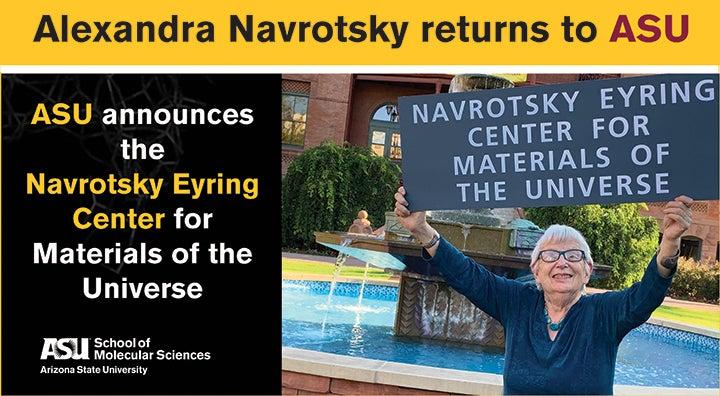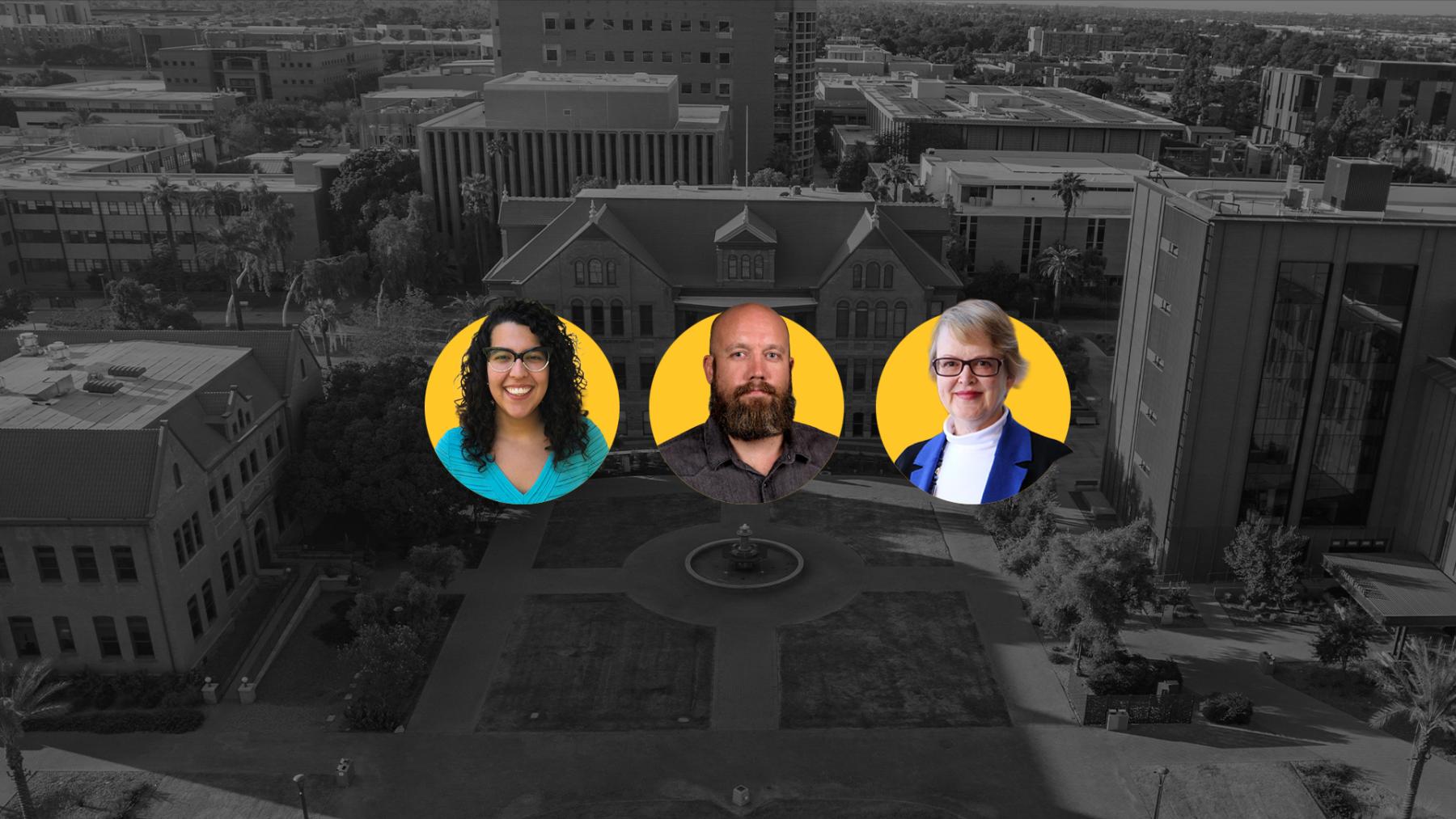
Five Questions with Alexandrina Agloro, Ford Fellowship winner
We’re excited to introduce Alexandrina Agloro, a Ford Fellowship winner and Spring ‘19 Postdoc at ASU. Alex will also be taking a faculty position with the School for the Future of Innovation in Society (SFIS) in mid-2019 in addition to completing her Ford Fellowship postdoc at ASU.[i] We jumped on a call with Alex to learn more about her fellowship and her plans for the coming year.
1. Tell me about the Ford Fellowship.
The Ford Foundation seeks to increase the diversity of the nation’s college and university faculties by increasing their ethnic and racial diversity, to maximize the educational benefits of diversity, and to increase the number of professors who can and will use diversity as a resource for enriching the education of all students.
So I have been applying for the Ford Fellowship for years! I applied as pre-doctoral candidate and was an Honorable Mention, I applied for the dissertation fellowship and was an alternate and I applied for the postdoc fellowship last year and was an alternate. I am relentless, and I applied again, and I finally got one!
I was really lucky in graduate school to be part of an NSF funded “Enhancing Diversity in Graduate Education” at the University of Southern California where I did my PhD. I had fantastic mentorship and I was looped into Ford as a place where you’ll get really good support for faculty of color, for grad students of color, in closing the gap between what universities offer and the specialized needs for students at generally predominantly white institutions.
2. What made you choose ASU?
So, I have been super excited about the ways ASU has been innovating higher education, and ASU has been on the forefront of acknowledging that the educational system as it exists right now… the model doesn’t work anymore. ASU has been willing to take the risk to find another model that can work. In a landscape where universities are hiring more and more administrators, and fewer tenure-track faculty, and student fees are skyrocketing, it seems that ASU is trying to keep costs down, trying to hire more faculty, and trying to find ways to engage populations that don’t have access to traditional higher education. That’s what I loved about ASU. It’s a Hispanic serving institution, and it’s a concerted effort to bring in enough native students to match the population of the state.
3. As a Ford Fellowship winner, an ASU postdoc and a soon-to-be faculty member at the School for the Future of Innovation in Society, how are you going to juggle all of that?
SFIS has been so generous and accommodating in helping me figure out how to make the transition. When I interviewed for the position, I told them that I had applied for the fellowship, and if I got it, it would be at ASU and I’d really like to be able to do it. And they said, okay, we will sort this out and if you get it, we will embrace it and we will find a way to do this, and just let us know. And so I started negotiations, and I was able to call the director and say, by the way, I got this postdoc – and he said, well can your fellowship money buy out your teaching, if so, then we’ll do that. So it’s really lucky that I get to come to ASU and be able to get acclimated and just do research before I jump in and start teaching.
4. This may be a loaded question, but what’s your dream job – where do you want to be five years from now?
I’m really lucky that I’ve already had one tenure-track job, and so it’s so much easier to look for a job when you have a job, because you know the things you are looking for, and what you want. I came out for my campus visit to ASU highly suspicious of the whole thing, I mean, HELLO, it would have to be pretty stellar and phenomenal to uproot my whole life and move across the country – I’m three years into my tenure track job here. Things are fine. But SFIS just wow’d me. What I love is the position they are bringing me in for is “Science Technology and Innovation in the Borderlands.” It is bringing together the two things that I’ve been trained in, that seem separate, but I’m both trained in cultural studies and ethnic studies, and interactive media and game development. I am an ethnic studies interactive media artist, and that is exactly what SFIS wants me to do. In my previous job, I was teaching design courses and not fully able to engage my interest in ethnic and cultural studies, and my interest in why we play games to make the world a better place. And the intrinsic motivation for playing games can be utilized for other things and that’s what I’m interested in exploring in my research and in my writing and in my teaching. What was so great and different about the SFIS job was that they weren’t looking for someone to fill XYZ position, they really seemed interested in hearing me out and liking my ideas and saying, great, we want to support you to build some kick-ass stuff, so this is what we can do if you come here. That was a really fun conversation. So where do I want to be five years from now? I just really think I want to be at ASU.
5. In your free time (when you have any) what do you like to do?
I always find a way to weave my work into pretty much everything I do, but I’m really looking forward to exploring the Southwest, and being outside in the time of year that most people can’t be outside. I have an 11-year old French Bulldog, and we like to hang out in public, together, and we go exploring.
More stories from the Graduate Insider

Finding your flow: Managing the graduate writing process
Graduate writing can feel like a marathon—long, demanding, and full of unexpected detours. But as Tristan Rebe, Program Manager for the Graduate Writing Center, reminded students in the Grad15: Managing the Writing Process webinar, writing is not about perfection—it’s about progress. “The best dissertation is a done dissertation,” Rebe said, quoting Robert Frost: the best way out is through.

Promoting resilience and well-being in Ghana — and across the globe

From practice to presentation: How to deliver a winning faculty job talk
Giving a job talk can feel like the most high-stakes presentation of your academic job search. It’s not just a research seminar—it’s your opportunity to demonstrate vision, communication skills, and fit within a department. In a recent Lunch and Learn, faculty members Associate Professor in School of International Letters and Cultures, Anita Huizar-Hernandez, Professor in School of Life Sciences Jeffrey Jensen, and Professor in Department of Physics Patricia Rankin shared concrete strategies to help graduate students and postdocs succeed as future faculty candidates.